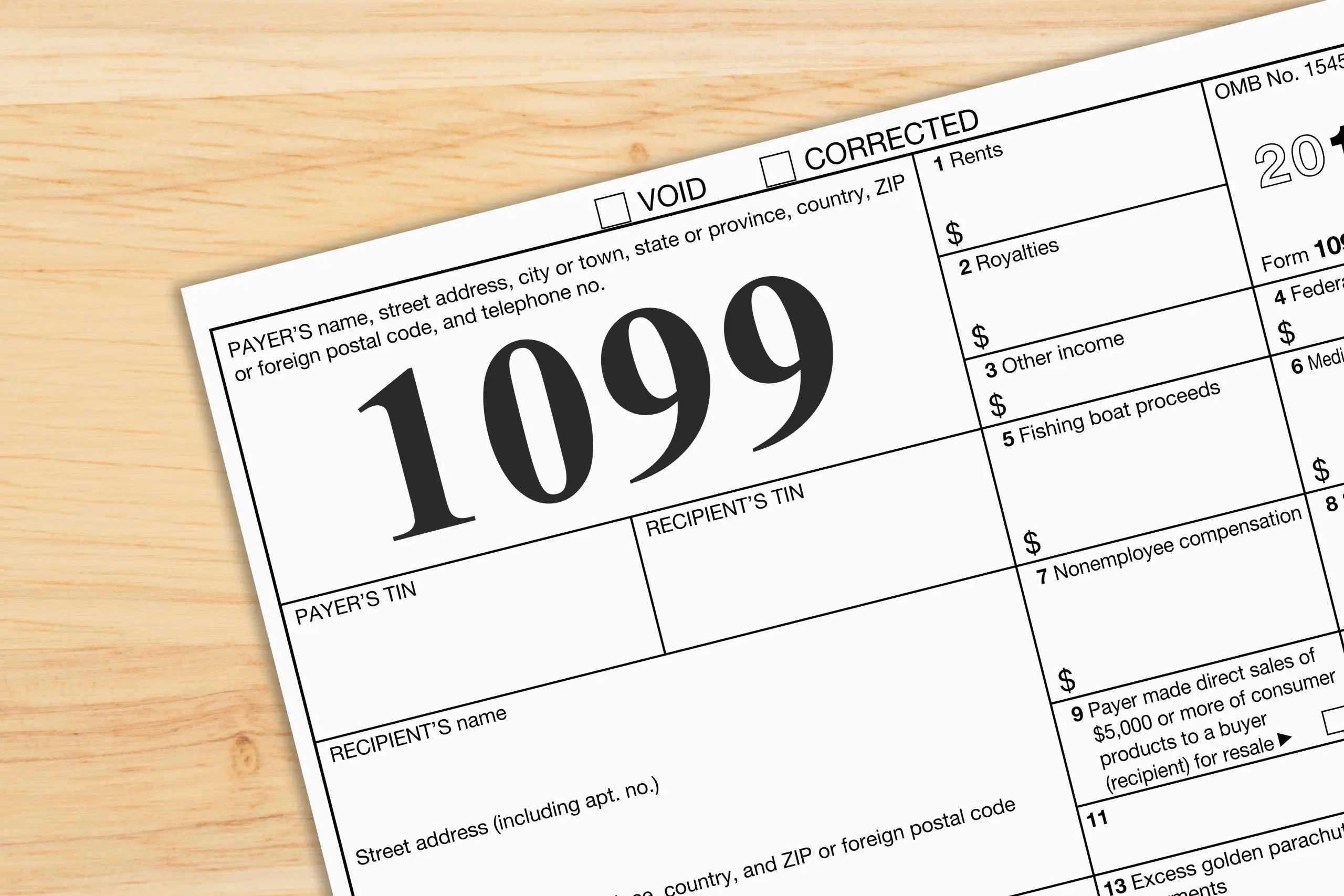The Tax Cuts and Jobs Act of 2017 (TCJA) made significant changes to practically everyone’s Federal income taxes beginning in 2018. While there was no significant new legislation in 2019 affecting individual taxes, personal situations do change from year to year, thus requiring a fresh look at how to approach your year-end tax planning.
The following are things you may want to consider to help reduce your 2019 income taxes. As always, everyone’s situation is different; therefore, we recommend contacting your tax advisor before implementing any of the strategies discussed below.
Bunching Deductions into 2019
TCJA increased the standard deduction. This change resulted in many individuals finding it more advantageous to take the new standard deduction rather than itemizing as in years past.
For 2019, the standard deduction is $12,200 for single taxpayers, $24,400 for married taxpayers filing a joint return, $18,350 for taxpayers filing as head of household, and $12,200 for married taxpayers filing separately.
Here’s how to decide if the strategy of bunching deductions makes sense for you…
If the total of your itemized deductions in 2019 will be close to your standard deduction amount, alternating between bunching itemized deductions into 2019 and taking the standard deduction in 2020 (or vice versa) could provide a net-tax benefit over the two years. For example, if you give a certain amount to charities each year, and if it’s financially feasible, you might consider doubling up this year on your contributions rather than spreading the contributions over two years. If these amounts, along with your mortgage interest and medical expenses exceed your standard deduction, then it may make sense to double up on the expenses this year and take the standard deduction next year.
Also still in effect is the $10,000 limitation ($5,000 in the case of married taxpayers filing separately) on the combined amount of state income taxes and property taxes that may be deducted when itemizing. Unfortunately, this $10,000 limitation applies to single as well as married taxpayers and is not indexed for inflation.
Similar opportunities may be available for bunching property tax payments and state income tax payments, subject to TCJA’s $10,000 limitation on deductions for such payments.
Time Income and Deductions for Year-End Tax Savings
If there is going to be a dramatic swing in your taxable income or your life circumstances between 2019 and 2020, it may make sense to either:
- Accelerate income into 2019 and defer deductions into 2020, or
- Accelerate deductions into 2019 and defer income into 2020
Accelerate Income into 2019. Options for accelerating income include:
- Harvesting gains from your investment portfolio, keeping in mind the 3.8 percent NIIT
- Converting a retirement account into a Roth IRA and recognizing the conversion income this year
- Taking IRA distributions this year rather than next year
Defer Deductions into 2020. If you anticipate a substantial increase in taxable income next year, it may be advantageous to push deductions into 2020 in one (or both) of the following ways:
- Postponing year-end charitable contributions, property tax payments, and medical and dental expense payments (to the extent deductions are available for such payments) until next year
- Postponing the sale of any loss-generating property
Defer Income into 2020. If it looks like you may have a significant decrease in income next year, either from a reduction in income or an increase in deductions, it may make sense to defer income into 2020 or later years. Some options for deferring income include:
- If you are due a year-end bonus, have your employer pay the bonus in January 2020
- If you are considering selling assets that will generate a gain, postpone the sale until 2020
- If you are considering exercising stock options, delay the exercise of those options
- If you are planning on selling appreciated property, consider an installment sale with larger payments being received in 2020
Accelerate Deductions into 2019. If you expect a decrease in income next year, accelerating deductions into the current year can offset the higher income this year. Some options include:
- Prepaying 2020 property taxes in December 2019, keeping in mind the $10,000 limitation on deducting state income and property taxes and the fact that the property taxes must have been assessed to be deductible
- Making up any shortfall in state income taxes in December, rather than waiting until your state income tax return is due (and similarly keeping in mind the $10,000 limitation)
- Paying your January 2020 mortgage payment in December 2019
- Making large charitable contributions in 2019, rather than 2020
- Selling some or all loss investments
- Setting up a health savings account (if you qualify), and making the maximum contribution allowable
Reevaluate Your Investment Portfolio
Year-end is a good time to review your portfolio to see if you might want to divest yourself of investments that have an unrealized tax loss in any taxable accounts you own. The loss can be used against any gains you may have, which include any long- term capital distributions made from your mutual funds. Any losses not absorbed by gains can be used in the current year to offset ordinary income (up to $3,000) and then carried forward to future tax years.
For mutual funds expected to make capital gain distributions before year-end, you should evaluate whether it makes sense to sell those holdings before the record date (date used to determine who is entitled to the capital gain distribution). Doing so would eliminate the tax you would owe on the distribution. If the position has an unrealized loss, then selling it before the record date would also trigger a tax loss, further reducing your taxes. If the estimated capital gain distribution exceeds the realized gain you would incur on selling the position, it still may make sense to do that.
One thing to be careful of when selling investments at a loss is the wash sale rule, which does not allow a loss to be taken if you buy back the same or substantially identical investment within 30 days of the loss.
Review Your Flexible Spending Accounts
Generally, you will lose any amounts remaining in a health flexible spending account at the end of the year unless your employer allows you to use the account until March 15, 2020, in which case you’ll have until then to access your 2019 contributions. Check with your employer to see if they give employees the optional grace period to March 15. If not, figure out how to use the money left in the account before December 31, 2019.
Consider How Status Changes and Life Events Can Impact Your Taxes
Life events can significantly impact your taxes. For example, if you are using the head of household or surviving spouse filing status for 2019 but will change to a filing tax status of single for 2020, your tax rate will go up. Thus, accelerating income into 2019 and pushing deductions into 2020 may also yield tax savings.
Please contact us if you have any questions about any of the above.



